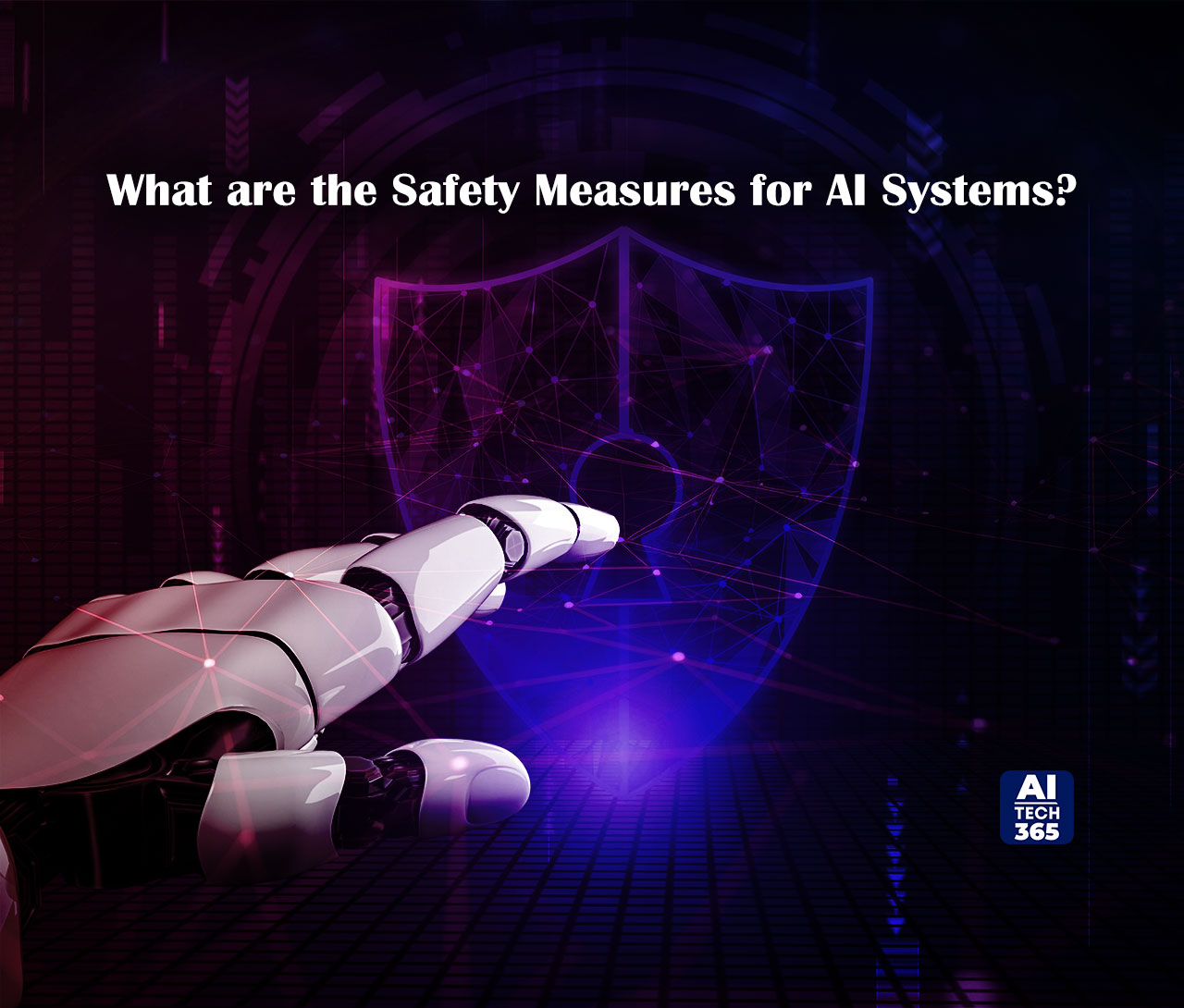AI (Artificial Intelligence) has become the talk of the town lately, captivating people’s interest like never before. According to Statista, more than 250 million people use some form of AI tool.
But here’s the thing: with great technological advancement comes the need for ensuring its safe usage. Or should we say, “with great power comes great responsibility”. Nevertheless, this is how AI security comes into the picture.
Learn more about artificial intelligence security and how AI safeguards your data.
What is AI Security?
AI security refers to the utilization of artificial intelligence (AI) technologies and methodologies to safeguard AI systems and infrastructure against cyberattacks and other security risks. The advent of AI has brought about a revolution across numerous sectors, particularly in cybersecurity, by furnishing robust tools for identifying and countering potential threats in today’s digital environment.
AI security solutions harness machine learning algorithms and deep learning techniques to scrutinize extensive datasets, identify malicious activities, and furnish advanced defense mechanisms against cyberattacks.
How does AI Improve Security?
AI enhances security through various mechanisms:
- Automated Threat Detection and Response: AI algorithms swiftly sift through vast datasets, pinpointing patterns indicative of security threats. By automating detection and response, AI accelerates threat mitigation, minimizing the time needed to address cyberattacks.
- Anomaly Detection: AI algorithms discern normal system behavior and flag anomalies signaling potential breaches. By analyzing historical and real-time data, AI detects suspicious activities, alerting security teams to potential threats.
- Continuous Monitoring: AI-powered cybersecurity tools offer uninterrupted network and system surveillance, spotting attacks in real-time. This proactive approach enables security teams to hunt threats preemptively, thwarting breaches before they occur.
- Improved Password Management: AI bolsters password security by identifying weak passwords and prompting users to choose stronger alternatives. This mitigates unauthorized access and lowers the risk of password-related breaches.
- Augmented Incident Response: AI furnishes crucial context and analysis during incident response, prioritizing and offering insights into security alerts. This empowers teams to respond swiftly and effectively to security incidents.
- Enhanced Network Security: AI scrutinizes network traffic, identifying irregular patterns and detecting suspicious port or protocol usage. It monitors network devices, flagging unauthorized ones that pose security risks.
- Predictive Analytics: AI delves into historical data, uncovering patterns hinting at future security threats. By predicting vulnerabilities and potential attacks, organizations proactively fortify their security defenses.
What are the Safety Measures for AI Systems?
Implementing effective safety measures is crucial for the security of AI systems.
This includes:
– Adhering to secure development practices
– Protecting data privacy
– Validating and testing AI models
– Ensuring explainability and transparency
– Implementing continuous monitoring and threat intelligence
– Enforcing user authentication and access controls
– Regularly patching and updating systems
– Promoting collaboration and information sharing
– Considering ethical implications
By implementing these measures, organizations can enhance the security and integrity of their AI systems, protecting against vulnerabilities, data breaches, and malicious use of AI technology.
Types of Attacks
Here’s a breakdown of common types:
- Malware: Malicious software designed to harm or exploit computers, networks, or servers, including viruses, worms, trojans, ransomware, spyware, keyloggers, and bots.
- Denial of Service (DoS) and Distributed Denial of Service (DDoS) Attacks: Overwhelm target services with excessive traffic or requests, rendering them inaccessible to legitimate users.
- Phishing: Trick individuals into divulging sensitive information through deceptive emails, messages, or websites impersonating trusted entities.
- Man-in-the-Middle (MitM) Attacks: Intercept and alter communication between parties clandestinely to eavesdrop, steal information, or manipulate communication.
- SQL Injection: Exploit vulnerabilities in web applications using SQL databases, injecting malicious code to manipulate or gain unauthorized database access.
- Social Engineering: Exploit human psychology to deceive individuals into revealing sensitive information or performing actions benefiting the attacker, using tactics like pretexting, baiting, or phishing.
- Ransomware: Encrypt files on a victim’s system and demand ransom for decryption, causing significant disruption and financial loss.
- Advanced Persistent Threats (APTs): Sophisticated, targeted attacks involving prolonged, stealthy presence within a network, combining multiple techniques to gain unauthorized access and extract valuable information.
- Cryptojacking: Utilize victim’s computing resources to mine cryptocurrencies without consent, slowing systems and increasing energy consumption.
- Zero-day Exploits: Target vulnerabilities in software or systems unknown to the vendor or without available patches, exploited by attackers before discovery and patching, making them highly effective.
Benefits of AI Security
Here are some key advantages:
- Enhanced Threat Detection and Response: AI-driven algorithms analyze vast data sets to pinpoint patterns indicating potential security threats swiftly. This enables organizations to detect cyberattacks faster and respond promptly to mitigate their impact.
- Automation and Efficiency: AI automates various security processes, such as vulnerability scanning and log analysis, reducing the workload on human security teams. This boosts efficiency, enabling faster responses to emerging threats.
- Anomaly Detection: AI algorithms learn normal behavior patterns within systems or networks, flagging anomalies that may indicate security breaches. This aids in detecting unknown or zero-day attacks that traditional security measures might overlook.
- Enhanced User Authentication: AI improves user authentication by analyzing multiple factors like biometrics and behavior patterns, strengthening security and reducing the risk of unauthorized access.
- Proactive Threat Hunting: AI continuously monitors networks and systems, identifying potential vulnerabilities and suspicious activities. This proactive approach enables organizations to stay ahead of cyber threats.
- Scalability and Adaptability: AI security solutions can scale to handle large and complex environments, making them suitable for organizations of all sizes. AI algorithms adapt and learn from new threats, ensuring continued effectiveness against evolving cyber risks.
- Improved Incident Response: AI provides valuable insights during incident response, aiding security teams in prioritizing and investigating security alerts efficiently. This leads to faster incident resolution and minimized impact on business operations.
- Reduced Human Error: AI-powered security systems significantly reduce human error rates compared to manual efforts. AI algorithms operate consistently without fatigue or distraction, resulting in more accurate security operations.
Bottom Line
As artificial intelligence continues to advance and integrate into our daily lives, safeguarding it becomes paramount. The potential risks and vulnerabilities associated with AI technology demand proactive measures to ensure the protection of sensitive data, privacy, and even physical safety. By implementing robust AI security protocols and staying vigilant against emerging threats, we can securely navigate the evolving landscape of AI.





